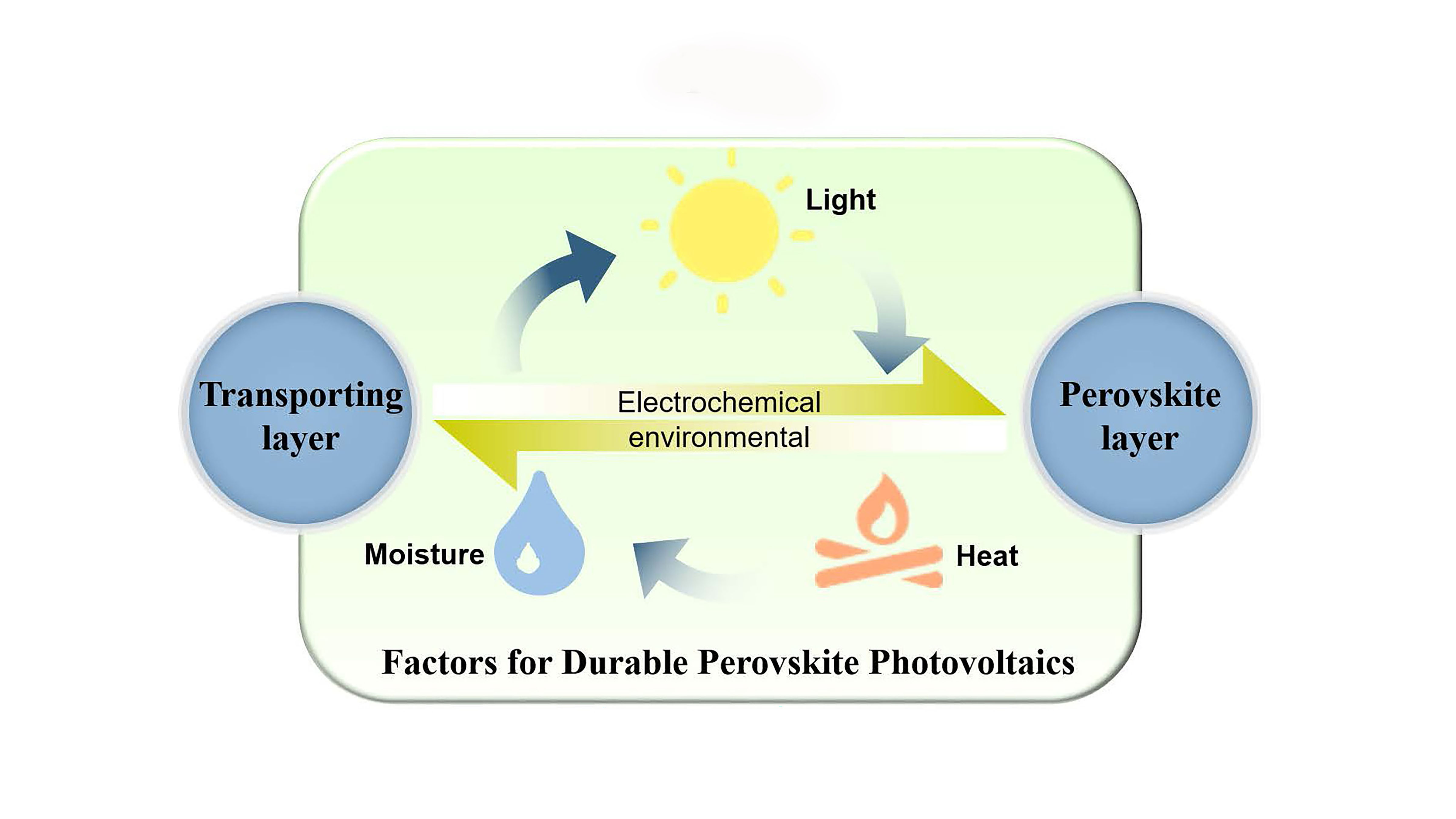Changing weather patterns, like dry-wet and freeze-thaw cycles, significantly impact the release of harmful chemicals known as polybrominated diphenyl ethers (PBDEs) from soils at e-waste recycling sites. Tiny soil particles, called colloids, play a crucial role in moving these pollutants.
Tag: Hydrophobic
Rutgers Researchers Publish Paper Examining the Structure of Proteins Linked to Diseases
Rutgers researcher, Grace Brannigan, has co-authored a study published in The Proceedings of the National Academy of Sciences (PNAS) that centers around the connection between gene mutations in protein sequences and diseases.
Scientists develop hydrophobic coating to prevent infections
Published in ACS Applied Materials and Interfaces, the study examined how an innovative coating UGA scientists developed can prevent liquids like water and blood from sticking onto surfaces. The researchers also found that the liquid-repellant coating can kill bacteria and halt blood clot formation on an object’s surface.

Promising Strategies for Durable Perovskite Solar Cells
Perovskite materials are increasingly popular as the active layer in solar cells, but internal forces in these materials cause distortions in their crystal structures, reducing symmetry and contributing to their intrinsic instability. Researchers at Soochow University examined the mechanisms at play, as well as several degradation factors that influence the performance of perovskite photovoltaics. In APL Materials, they clarified the factors influencing the degradation and they summarized some feasible approaches for durable perovskite photovoltaics.